Paint Manufacturing Process | JCT Machinery
 Nov 30,2023
Nov 30,2023

 JCT
JCT
Paint manufacturing process involves the combination of various raw materials to produce a finished paint product. The specific formulation and manufacturing steps can vary depending on the type of paint being produced (e.g., water-based or solvent-based).
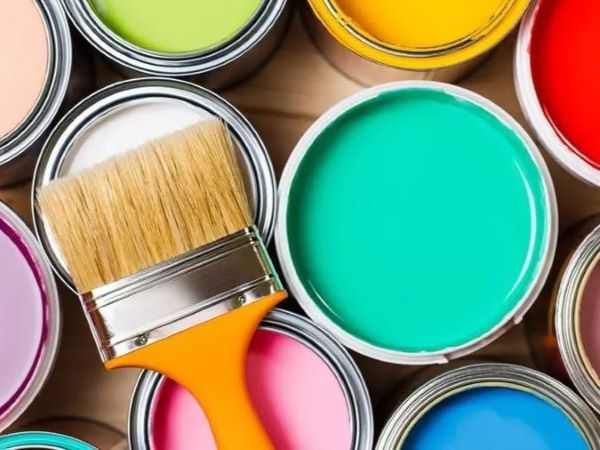
General Paint Manufacturing Process
1. Raw Material Handling
Raw materials for paint production include pigments, binders, colvents, additives and other chemicals. These materials are received, stored and handled in designated areas.
2. Pre-Weighing and Measuring
The individual raw materials are accurately weighed and measured according to the paint formulation. This step ensures the correct proportions of each component for consistent quality.
3. Dispersion and Milling
Pigments and other solid components are dispersed and finely groung to achieve the desired particle size. This step is crucial for color development and overall paint performance. Dispersion can be achieved thtough high speed dispersion equipment or milling processes.
4. Mixing and Premixing
The pre-weighed raw materials, including pigments, binders, solvents and additives are combined in mixing tanks or vessels. This premixing step ensures uniform distribution of the components before further processing.
5. Letdown
The premixed materials are combined wih additional components, such as solvents and additional binders, to create the final paint formulation. This step is often referred to as the "letdown" stange.
6. Grinding or Milling
In some cases, additional grinding or milling may be required to achieve the desired consistency and smoothness of the paint. This step is particularly important for producing high quality coatings.
7. Quality Control Testing
Various quality control tests are conducted on the paint batch to ensure it meets the specified standards. Tests may include color matching, viscosity measurement, pH testing and other performance evaluations.
8. Filtration
The paint is filtered to remove any impurities, agglomerates or particles that could affect the finish or performance of the paint.
9. Packaging
The finished paint is transferred to packaging lines, where it is filled into containers such as cans, buckets or other packaging formats. Proper labeling and documentation are often included.
10. Storage and Distribution
The package paint is stored in designated areas before being distributed to retailers, wholesalers or directly to consumers.


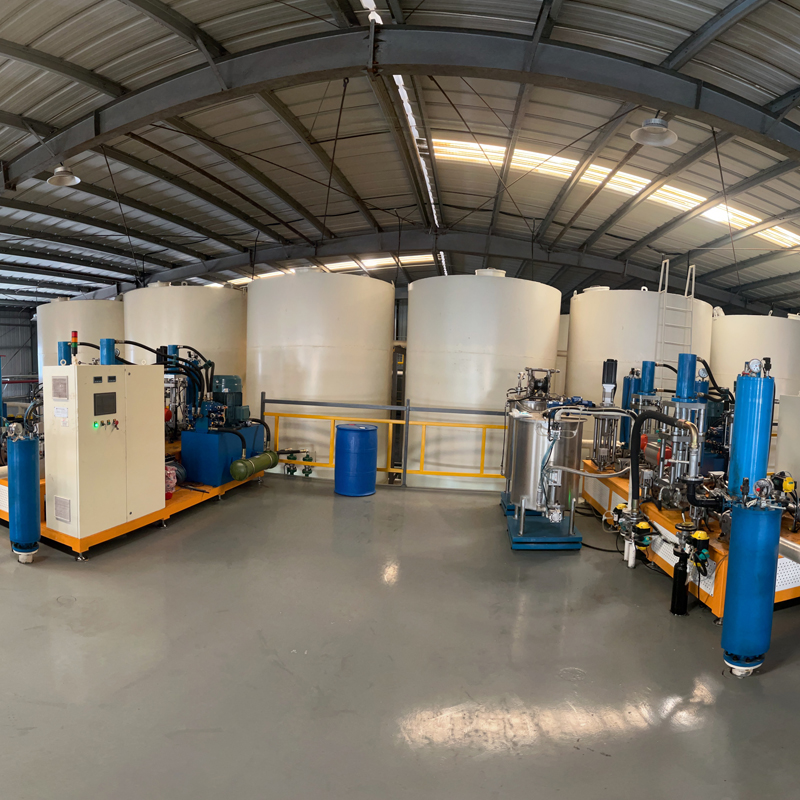
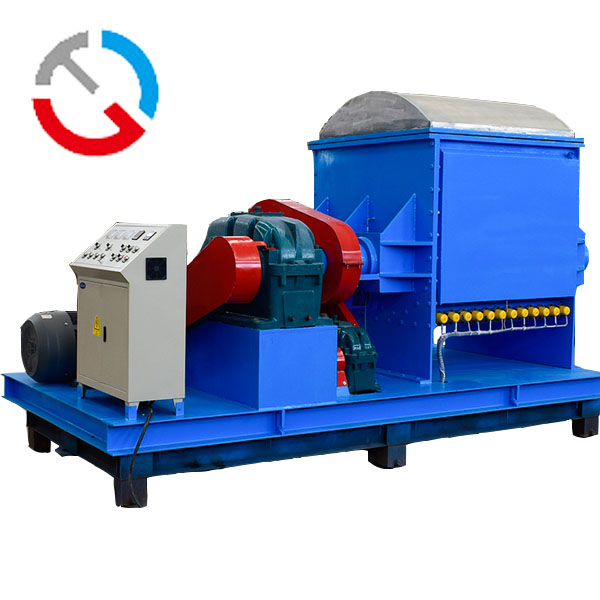
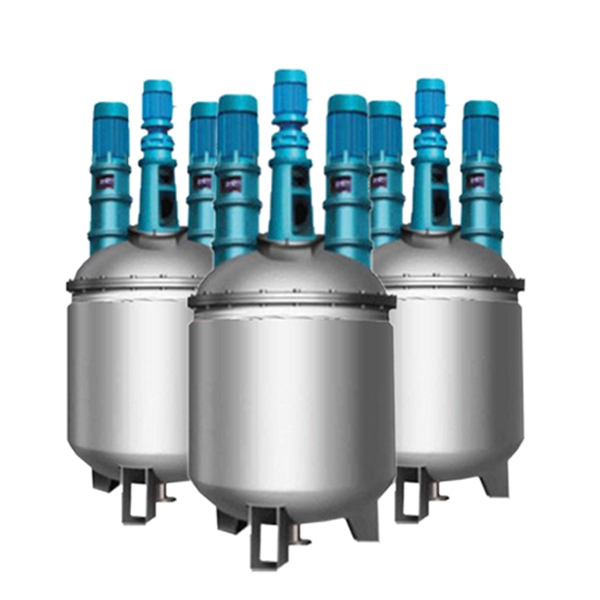
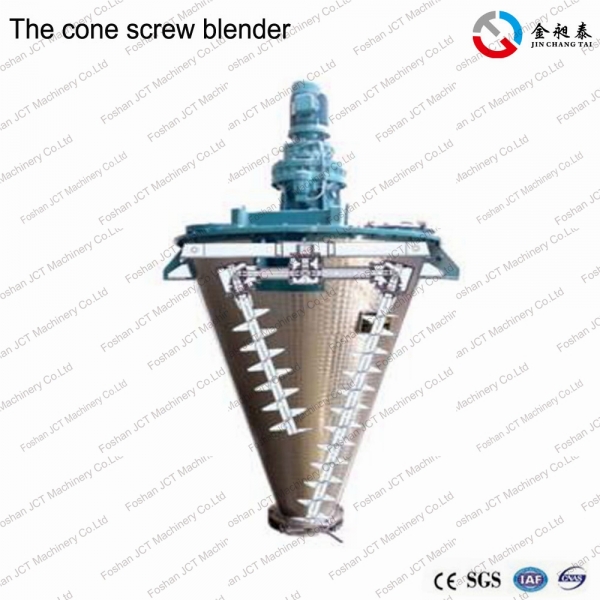
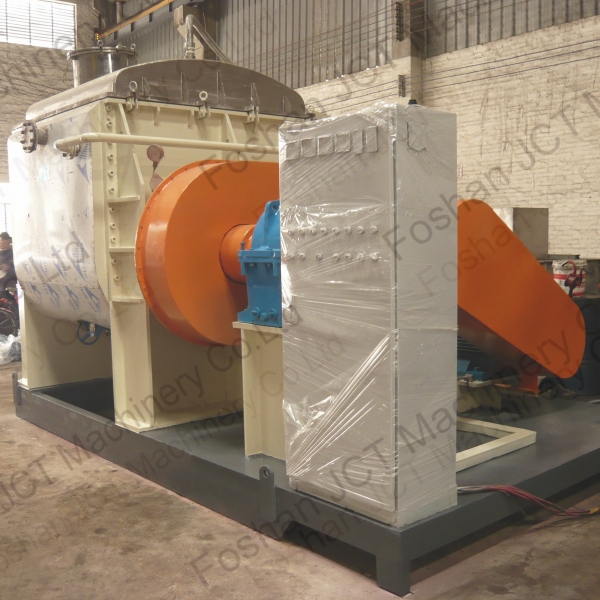
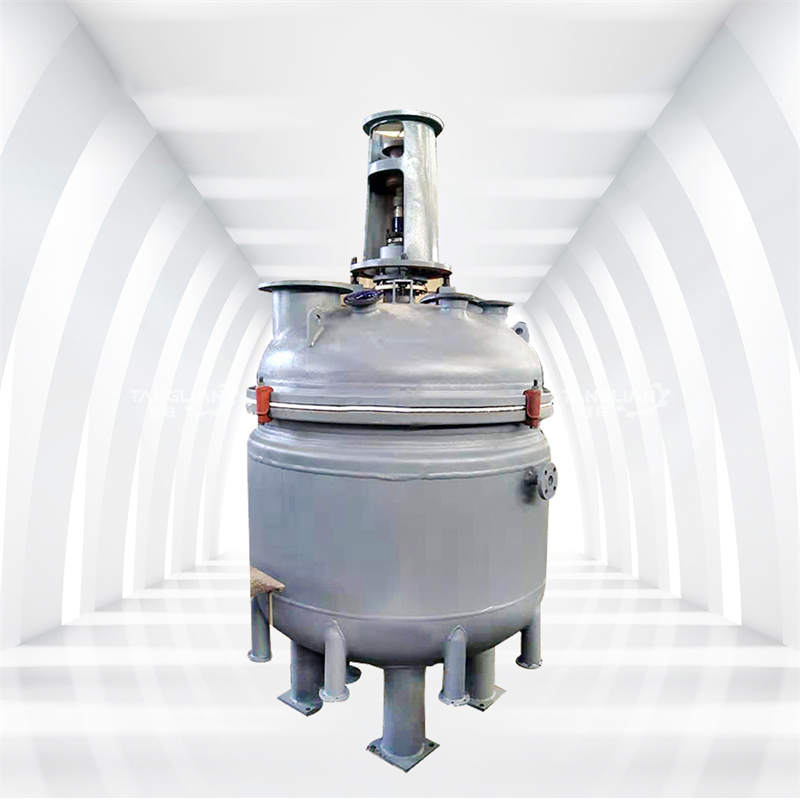
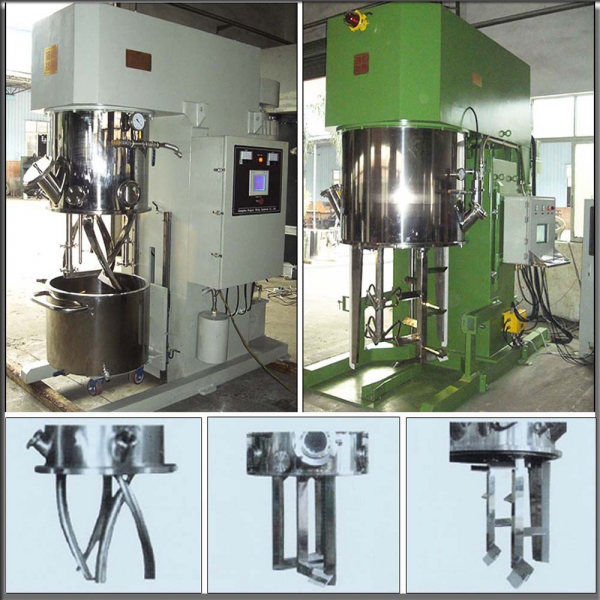
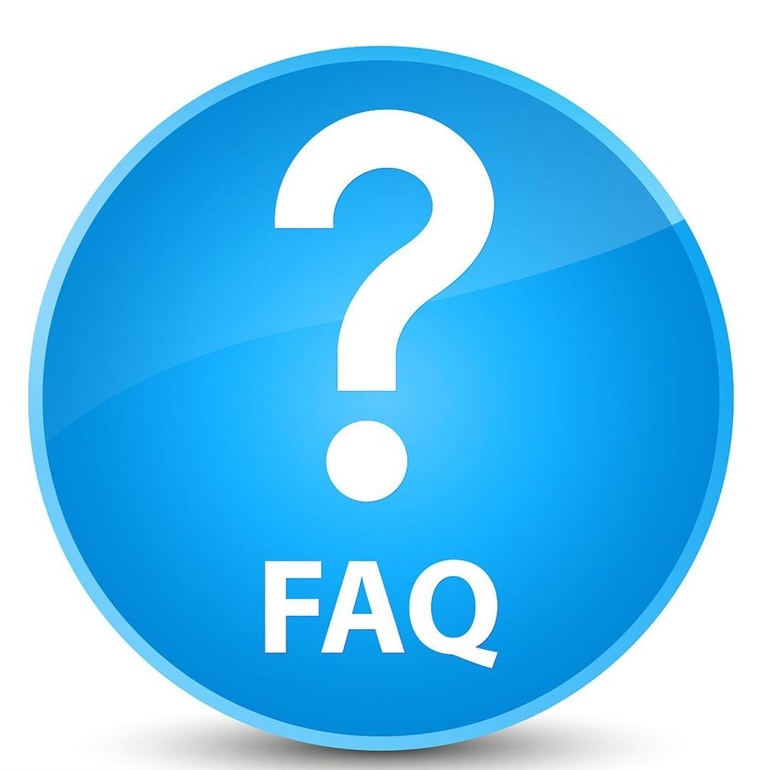

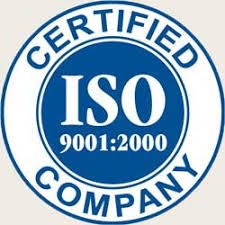


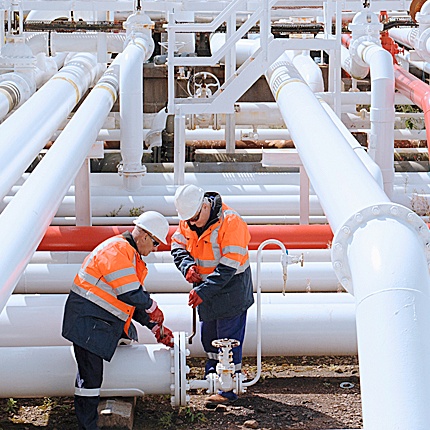
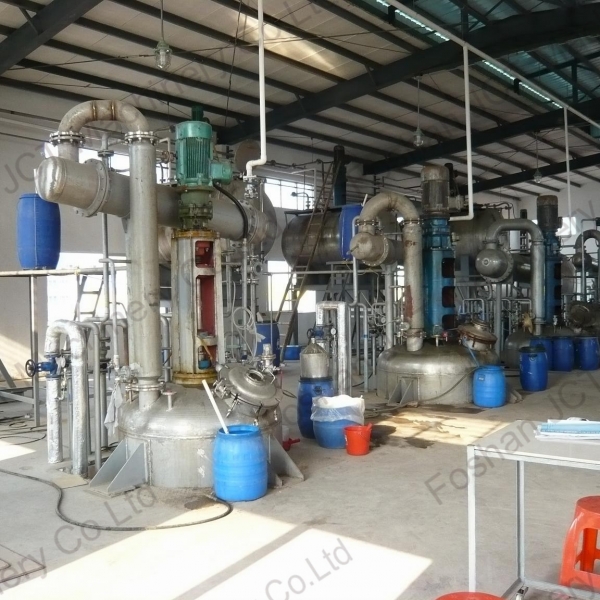
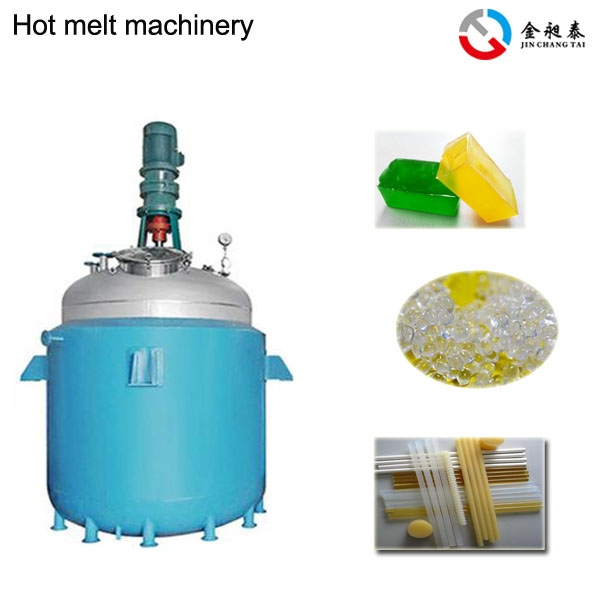
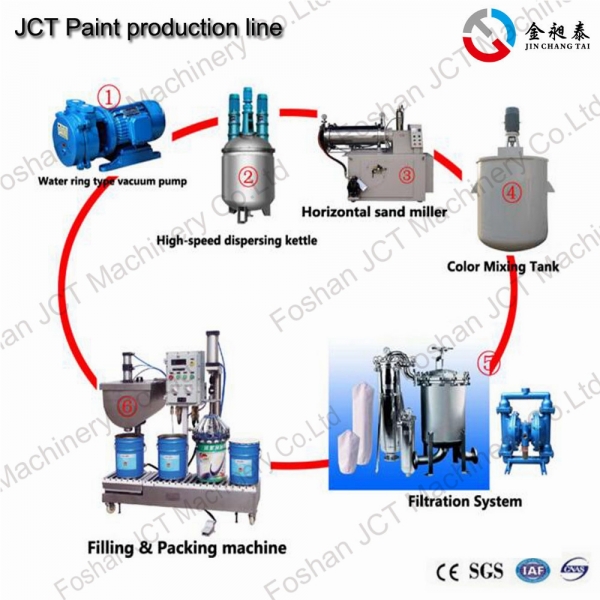
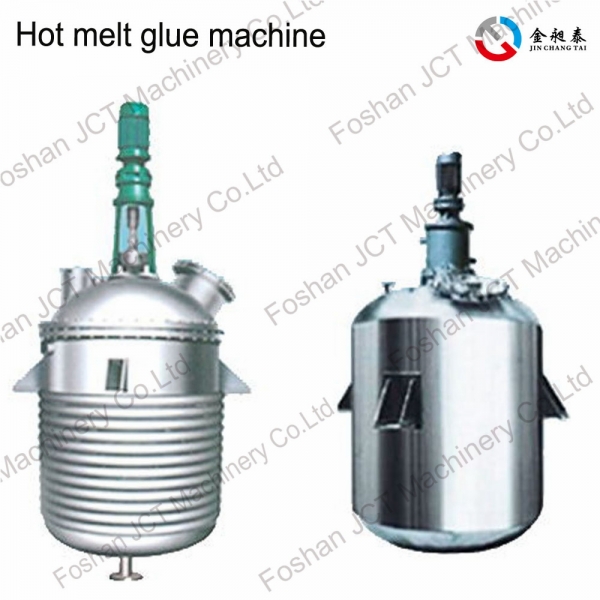
 CN
CN
 HOME
HOME Agitator Types in Reactor | JCT Machinery
Agitator Types in Reactor | JCT Machinery  You May Also Like
You May Also Like
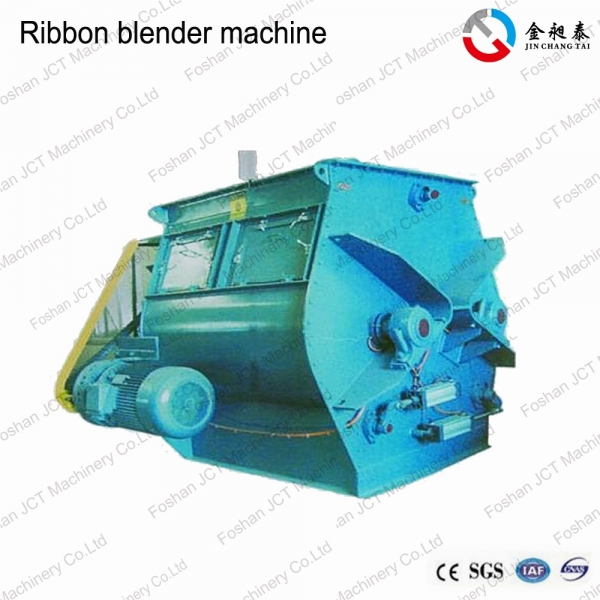

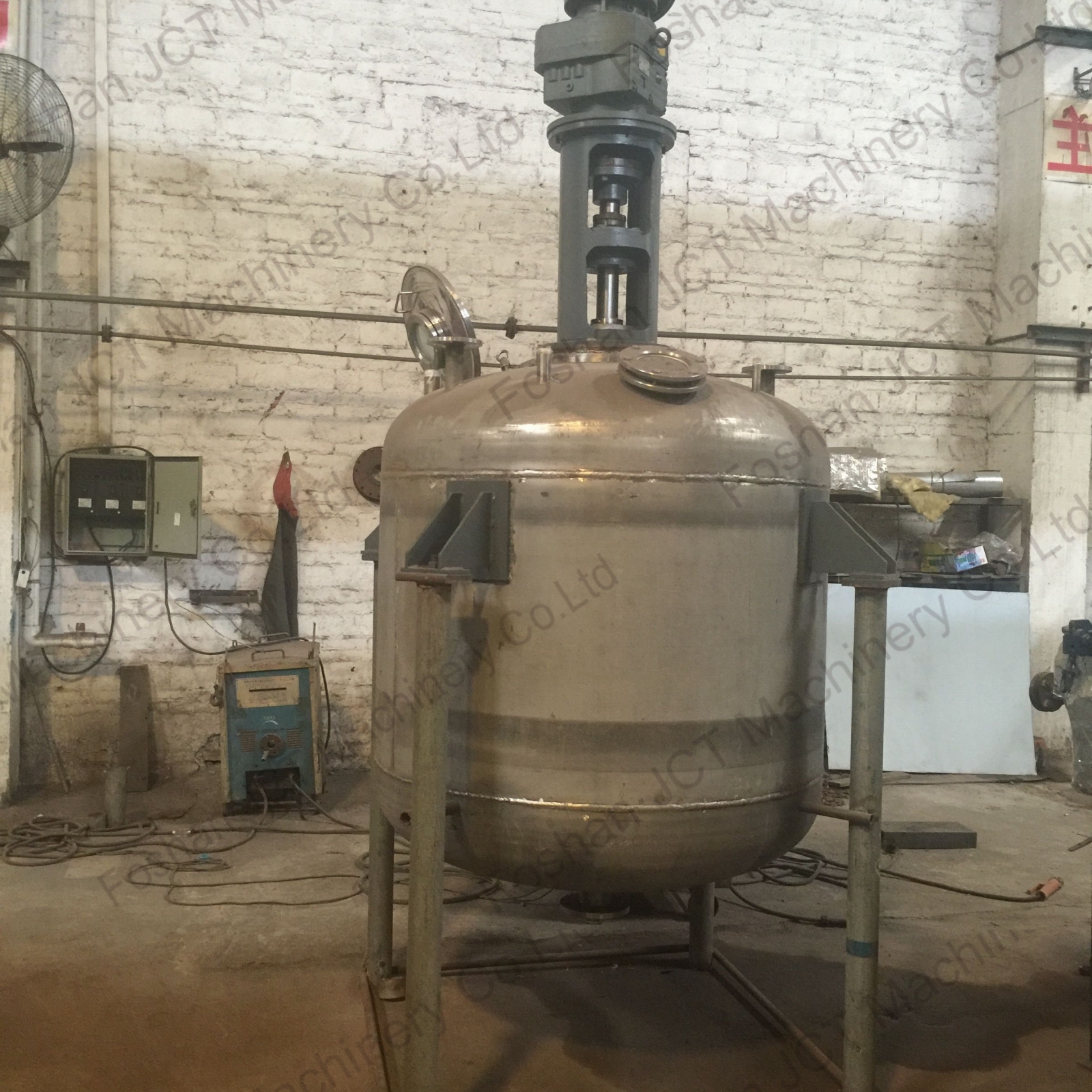
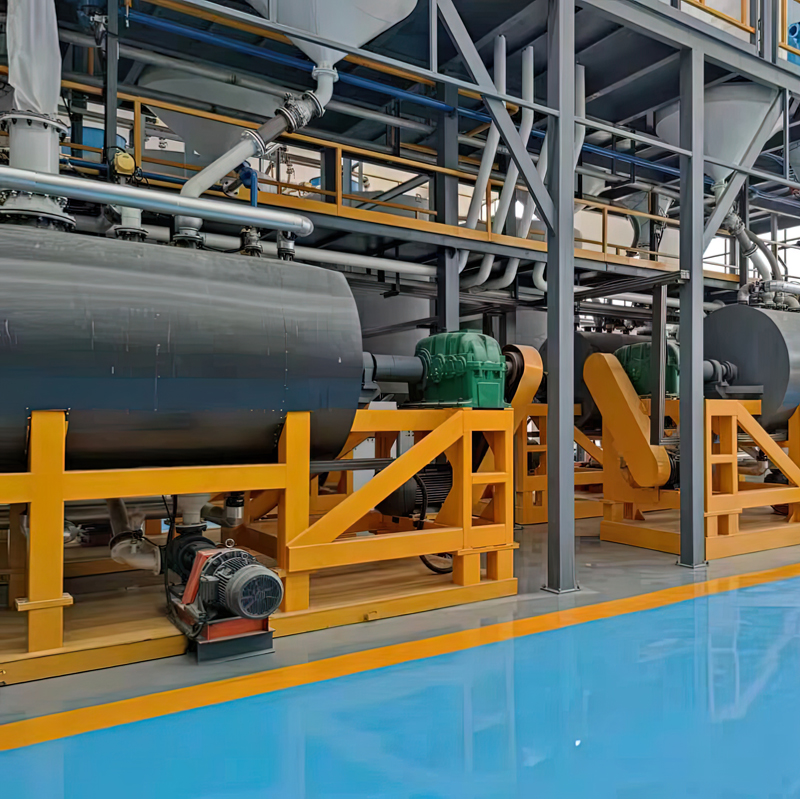

 Tel
Tel
 Email
Email
 Address
Address










